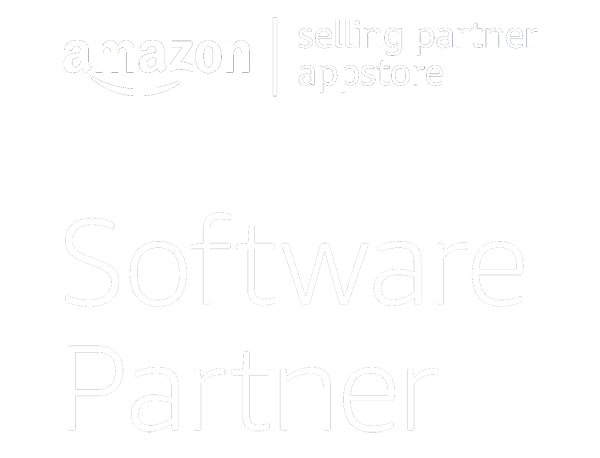ACH transfers have become a key component of the banking system. You have likely paid invoices as a consumer using ACH transfer. You have likely deposited money into your checking account through ACH. Small businesses use them all the time to pay their suppliers and vendors. Despite millions of ACH transfers every day, few people know what they are. In this blog post, we’ll cover the basics on ACH transfers and when a business should consider using them to pay invoices or collect payment from customers.
What is an ACH Transfer?
An ACH transfer, also known as an Automated Clearinghouse transfer, is an electronic transaction that moves money from one bank account to another. The most common example that most people think of is the direct deposit for their paycheck. Money is taken from their employer’s account and moved to their personal account.
ACH transfers are also common between retailers and customers. Online sites that allow customers to pay by entering their bank account information are actually using ACH bank transfers to make the payments. Small businesses often pay vendors or suppliers through ACH, and they often accept ACH payments if they invoice customers. In fact, there were over 7.5 billion ACH transactions in just the second quarter in 2022.
These payments are usually facilitated by a third party processor who is able to communicate with both banks in order to move the money from one account to the other. Many banks prefer to use an outside processing service for these transactions because of security concerns. Third party processors ensure that ACH bank transfers are one of the safest and cheapest forms of wireless payment processing in the United States.
Types of ACH Transfers
Debit transactions and credit transactions are the two main types of ACH transfers. While many people think of these as two sides of the same transaction, the truth is that these are actually separate transactions when it comes to how an ACH payment is processed.
You may hear the term “pull transaction”, which simply refers to money pulled from your account by another institution. Auto-payments for subscriptions are a typical example of pull transactions.
“Push transactions” refer to sending money to other accounts. When a customer pays an invoice through ACH, it’s usually a push transaction.
ACH vs Wire Transfer
A lot of people confuse ACH payment and wire transfers. On the surface, these two types of transactions look very similar. After all, money leaves one account and shows up in another. Wire transfers are a much older form of ACH transfer that is handled manually.
In a wire transfer, funds are verified by a bank employee, who then communicates with an employee at another bank and moves the funds needed to complete a transaction. Wire transfers were much more common in the era before electronic payment became common place. While most banks still offer this service, the fees associated with them can be very high. For this reason. they are typically only done today for a small minority of transactions.
How ACH Transfers Work
An ACH transfer begins when one party authorizes a processor to make an ACH payment. This means that the money for the transaction will be removed from the customer or payer’s account. This part of the process will require the customer’s bank to communicate with a third party processor that will actually hold these funds in a form of electronic escrow while confirming their availability and validity of the account they are coming from.
Next, the payment processor deposits the funds into the account of the seller or entity that is expecting payment.
But is ACH transfer safe?
Both sides of the transaction are independently verified, which means ACH transfers are among the safest transactions in banking. They’re often an ideal choice for merchants who are accepting payments from people in foreign countries. Rather than assuming that credit card information is valid, an ACH transfer will confirm that funds are available before making them available to a merchant.
ACH payments have been around for several decades, and millions of these transactions are completed around the world every day.
This means that ACH transfers can sometimes take several days to fully process, especially if payments are being made between entities in foreign countries. Most of the time, however, ACH transfers can be done in just a few minutes. If you’re paying through ACH, it’s often possible to get confirmation of funds leaving the account in less than a day. Sellers will often see that money appear in their account in less than 24 hours.
How Do Small Businesses Use ACH Payments?
Small businesses usually pay vendors and suppliers, and they also need to receive payments from customers. Because ACH payments are secure, fast, and cheap (more on this below), it is a popular choice for small businesses. Some common examples where businesses pay or receive payment through ACH include:
- Subscriptions — money can move between accounts on the due date without credit card processing fees. It also removes the possibility of cancelled credit cards leading to failed recurring payments.
- Invoices — your business might invoice customers for large projects, perhaps at multiple points throughout the project. ACH payments are far more convenient than mailing checks, and can handle larger amounts than some business credit card limits.
- Money movement — while it’s not a payment, some business owners create bank accounts for specific purposes. ACH transfer from one account to another is often the cheapest and most effective way to manage money across multiple accounts.
How Much Do ACH Transfers Cost? Is ACH Free?
Of course, there are some costs to the both banks in order to pay for the third party payment processor. Fortunately, ACH transfers are some of the least expensive forms of bank transfers available in the banking world. There is rarely the need to involve human labor in these transactions; everything is handled electronically.
Of course, that doesn’t mean that all banks and payment processors have made ACH free. In fact, it’s very common for sellers, employers, and merchants to pay fees of one to three percent of the total payment amount every time they want to use an ACH transfer.
Viably does not charge ACH transfer fees. That means that all ACH transactions are free to our customers. There are no fees charged for direct deposits, merchants payments, or commercial payments.
ACH transfers are not a solution for every payment or collection for your small business, but it is an effective way to process large payments in a secure and (hopefully) free manner.





